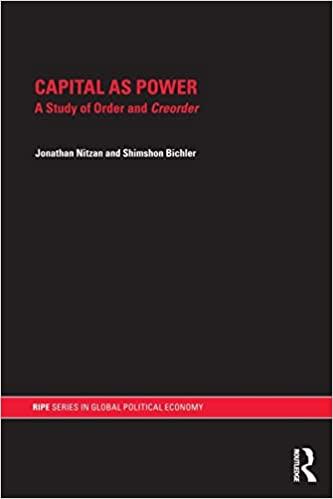Question
T/F XYZ company has a book value of $1billion and it has ten million shares outstanding, of which you own one hundred. The company splits
T/F
XYZ company has a book value of $1billion and it has ten million shares outstanding, of which you own one hundred. The company splits each share into two. The total market value of your shares is now higher.
XYZ company has a book value of $1billion and it has ten million shares outstanding, of which you own one hundred. The company splits each share into two. The total book value of your shares is now higher.
Steves Bicycle Repair Shop, Inc., has $150,000 in assets (tools, refurbished bikes, parts). Owners equity is the full $150,000. Now Steve wants to borrow $10,000 in order to stock new bikes. This will reduce the equity in the company.
Steves Bicycle Repair Shop, Inc., has $150,000 in assets (tools, refurbished bikes, parts). Owners equity is the full $150,000. Now Steve wants to borrow $10,000 in order to stock new bikes. This will add to the equity in the company.
Shareholders in S corporations have limited liability.
An S corporation may buy shares of a C corporation, but a C corporation may not buy shares of an S corporation
The Federal Deposit Insurance Corporation insures all deposits against default.
The Federal Deposit Insurance Corporation insures some deposits against default.
A company begins the week with a leverage ratio of 1.25. During the week it issues additional (common) shares and uses the funds to purchase equipment (with no other changes). Its leverage ratio at the end of the week remains 1.25.
A company begins the week with a leverage ratio of 1.25. During the week it issues additional (common) shares and uses the funds to purchase equipment (with no other changes). Its leverage ratio at the end of the week is greater than 1.25.
A company begins the week with a book value-per-share of $25. During the week it issues additional (common) shares at a price-per-share of $21. Compared to its (total) book value as of the beginning of the week, its new (total) book value is lower.
A company begins the week with a book value-per-share of $25. During the week it issues additional (common) shares at a price-per-share of $21. Compared to its (total) book value as of the beginning of the week, its new (total) book value is higher.
Step by Step Solution
There are 3 Steps involved in it
Step: 1

Get Instant Access to Expert-Tailored Solutions
See step-by-step solutions with expert insights and AI powered tools for academic success
Step: 2

Step: 3

Ace Your Homework with AI
Get the answers you need in no time with our AI-driven, step-by-step assistance
Get Started


